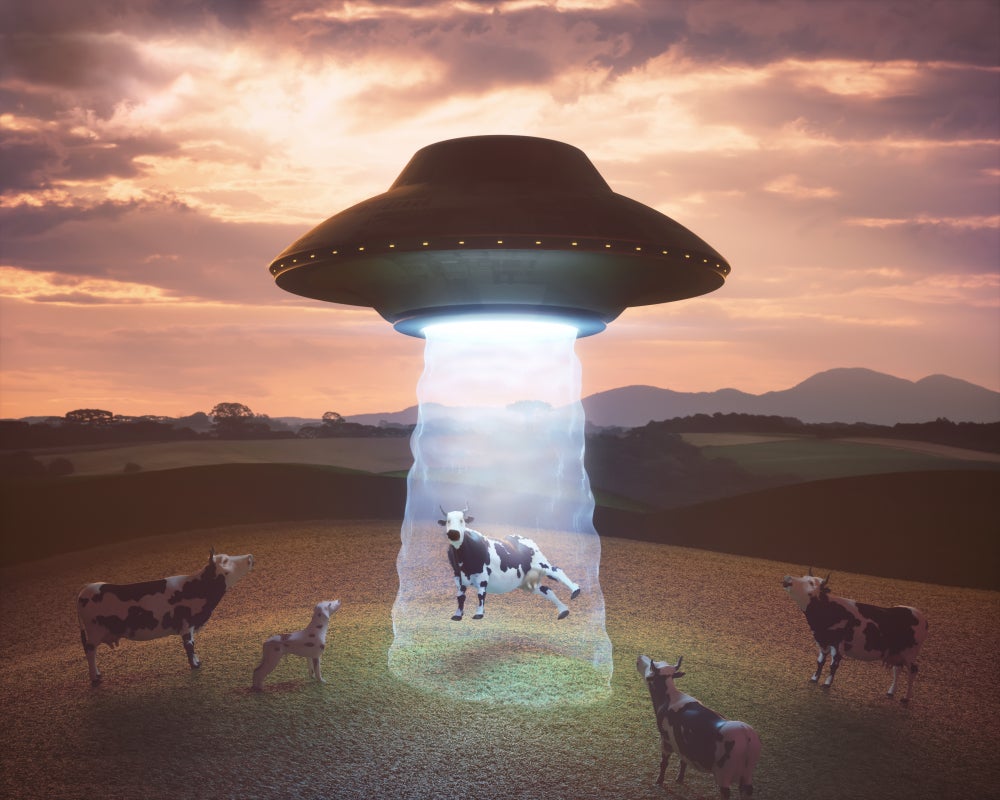Space launches used to be rare, memorable events of global significance, such as the Apollo 11 mission that landed on the Moon in 1969.
But in the future, the launch of rockets capable of taking satellites into orbit will become much more commonplace. According to a new GlobalData Thematic Intelligence report, SpaceX alone will launch around 90 rockets in 2023. The space race has become the space economy. The report discloses that estimates suggest the market will be worth between $760bn and $1trn by 2030.
And yet, one so far unanswerable question remains. It is the one that everyone asks themselves: is there anyone—or anything—else out there?
Software may provide the answer that space launches can’t
No-one knows. But help in finding out the answer may be at hand—in the form of a software program. Scientists have made progress in training software to distinguish chemical mixtures made by living organisms from those created in more mundane processes, such as the reactions between sunlight and rocks.
In preliminary tests, the program was 90% accurate at telling the difference between samples taken from living organisms, such as shells, teeth and bones, and non-biological samples, such as laboratory chemicals and those found in carbon-rich meteorites.
The Guardian reported the development, and mused that “unless alien life wanders in front of a robotic lander’s camera, leaves an unambiguous fossil in a rock, or a smear of proteins on a distant world’s surface, such chemical ‘biosignatures’ may be the best hope scientists have of finding past or present life.” It has a point.
How well do you really know your competitors?
Access the most comprehensive Company Profiles on the market, powered by GlobalData. Save hours of research. Gain competitive edge.

Thank you!
Your download email will arrive shortly
Not ready to buy yet? Download a free sample
We are confident about the unique quality of our Company Profiles. However, we want you to make the most beneficial decision for your business, so we offer a free sample that you can download by submitting the below form
By GlobalDataThe article quoted Dr. Robert Hazen, an astrobiologist at the Carnegie Institution for Science in Washington and a senior scientist on the project, who said the tool had the potential to revolutionize the search for extraterrestrial life and deepen the understanding of the origins and chemistry of life on Earth.
The researchers now hope to analyse materials from Mars for any signs of life and some answers to bring clarity to raging debates over samples considered to be candidates for the earliest known life on Earth.
A signs-of-life detector
The researchers set out to build the signs-of-life detector after deducing that life, unlike non-living material such as rocks, is built from molecules that are selected for their function. So, the thinking goes, the molecular makeup of life past or present should differ from that of objects that have never been alive.
To explore the idea—and who knows, perhaps one day prove the point—the scientists ran over 130 diverse samples from living and non-living objects through a process called pyrolysis-GC-MS. That then generated a breakdown of the organic molecules in each sample. By using machine learning and mathematical modelling, the researchers trained an algorithm to distinguish between samples of biological and non-biological origins. To the scientists’ surprise, the program identified three groups of samples: non-biological, life, and fossilized life.
The scientists are now working with leading paleobiologists to see what the program makes of some of the oldest candidates for life on Earth. One is a 3.5-billion-year-old slab of rock from Western Australia that some researchers believe contains some of the oldest fossilized microbes on the planet.
With further training, the tool may well go on to learn to distinguish different types of life, such as photosynthetic life from other organisms, the scientists argue. Hazen suspects all life may use molecules differently to non-living objects and so reveal itself under analysis, regardless of its biology. “We may be able to find a lifeform from another planet, another biosphere, even if it is very different from the life we know on Earth,” he suggested.
Earth calling, Earth calling
If that doesn’t work, we may have to go back to space launches and rely on what a NASA trip to Mars in the late 2030s or early 2040s might bring—or hope for a distant signal from a galaxy far, far away.
In the 1970s, the Canadian band Klaatu, followed by a better-known cover version by American soft rock duo The Carpenters, developed a familiar call-sign: “Calling occupants of interplanetary craft, Calling occupants of interplanetary, most extraordinary craft……








